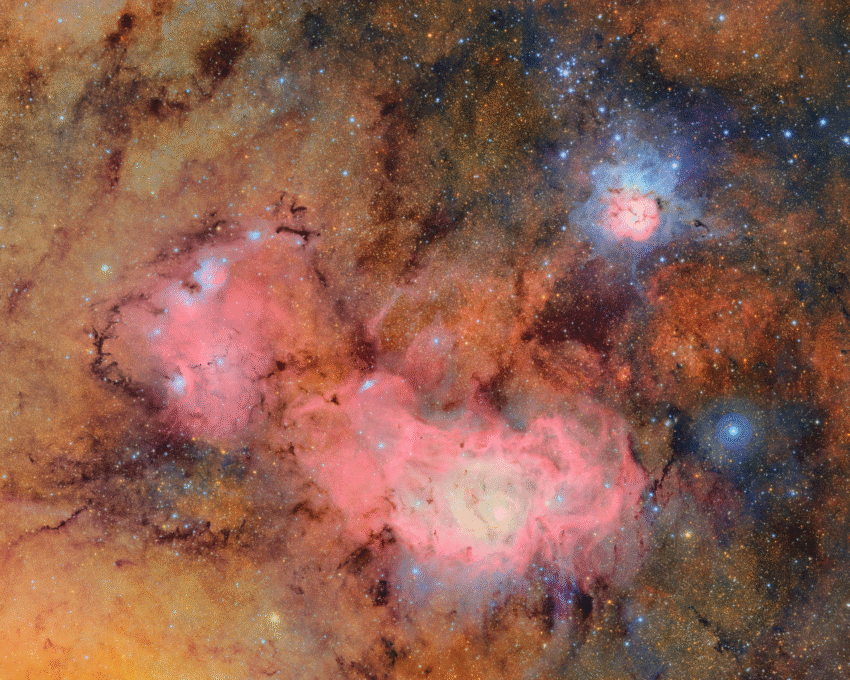A new telescope is receiving images from the region of Sagittarius/Kislev:
The stunning pictures from the $810m (£595m) Vera C Rubin observatory in Chile mark the start of what astronomers believe will be a gamechanging period of discovery as the telescope sets about compiling the best view yet of the universe in action.
In about 10 hours of observations, the observatory spotted 2,104 previously unspotted asteroids in our solar system, including seven near-Earth asteroids, which were said to pose no danger to the planet.
“I’m absolutely blown away. Just look, it’s teeming with gorgeous glittering galaxies!” said Prof Catherine Heymans, an astrophysicist at the University of Edinburgh and Scotland’s astronomer royal.
What is unusual about this observation process is that it intends to make a cosmic “movie”:
Built on Cerro Pachón, a mountain in the foothills of the Chilean Andes, the 18-storey observatory is equipped with the largest camera ever built. It will observe the entire southern sky every three to four days and then repeat the process, over and over, for a decade.
The result will be the largest astronomical movie of all time, capturing everything in sight from asteroids, comets and exploding stars to potential new planets and interstellar objects. Whenever the telescope detects a change it will alert astronomers within minutes so they can bring other instruments to bear on the event.
“We’ve never looked at the universe in this way before. You get to see everything that moves, everything that changes in brightness,” said Heymans.
source: ibid
The included picture is from the region of the Trifid nebula and the Lagoon Nebula, which, as indicated, are relative to the constellation of Sagittarius/Kislev in our spatial orientation. Trifid means “three parts” whereas lagoon means lake. Kislev/Sagittarius is often linked with the “Gate of God” so it almost seems like science is hoping to make a movie of God coming through the gate…

